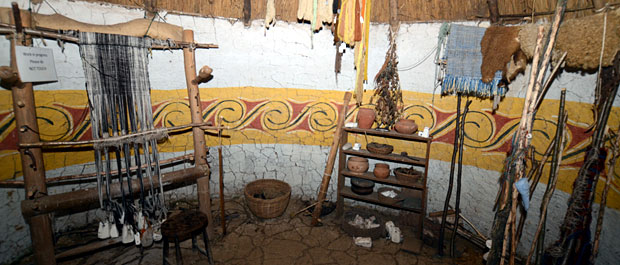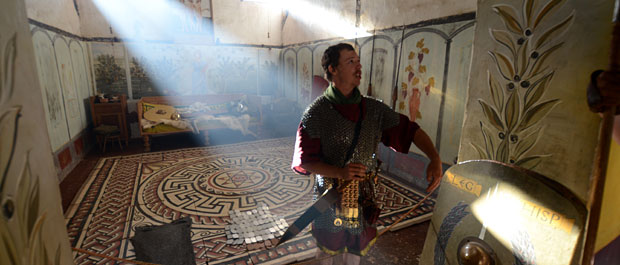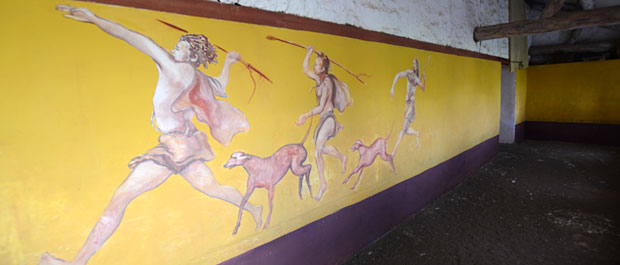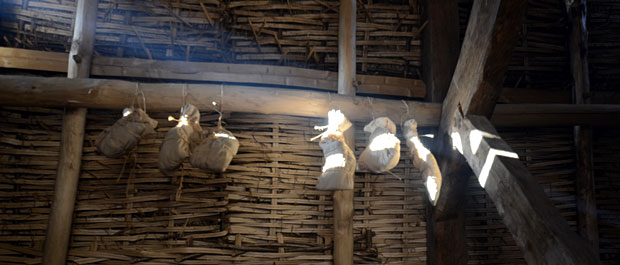Butser Ancient Farm
Nestled into the rolling South Downs National Park, this ancient farm displays ongoing constructions of Iron Age buildings based on real sites, crops from prehistory and rare breeds of animals.
It is also home to the annual Beltain festival.
The story of Butser Ancient Farm began with a decision in 1970 by the Council for British Archaeology to establish a working ‘ancient farm’ where archaeologists could experiment to test their theories on how people lived in Iron Age times.
Work started on a trial site known as Little Butser in 1972 and the first public Open Day was in 1974.
The Stone Age area:
This building is reconstructed from archaeological evidence of an excavation near Bangor, North Wales. This house is surrounded by other interesting smaller Neolithic houses, representing the type of homes lived in by Stone Age people.

The Iron Age enclosure:
The Iron Age enclosure consists of 6 houses from different parts of Britain, alongside many smaller structures depicting ideas of what may have been built using different numbers of posts.

Roman Villa:
The Roman villa is based on one excavated at Sparsholt near Winchester. It was the first villa to be built with authentic materials and techniques for 1600 years and much was learned in the process.

The Saxon area:
The Saxon house was opened in 2016. It was constructed using archaeological evidence from the village of Chalton – just one mile down the road from Butser Ancient Farm. Oak timbers from an ancient woodland near Soberton were shaped with replica Saxon tools by a team of staff and volunteers.
